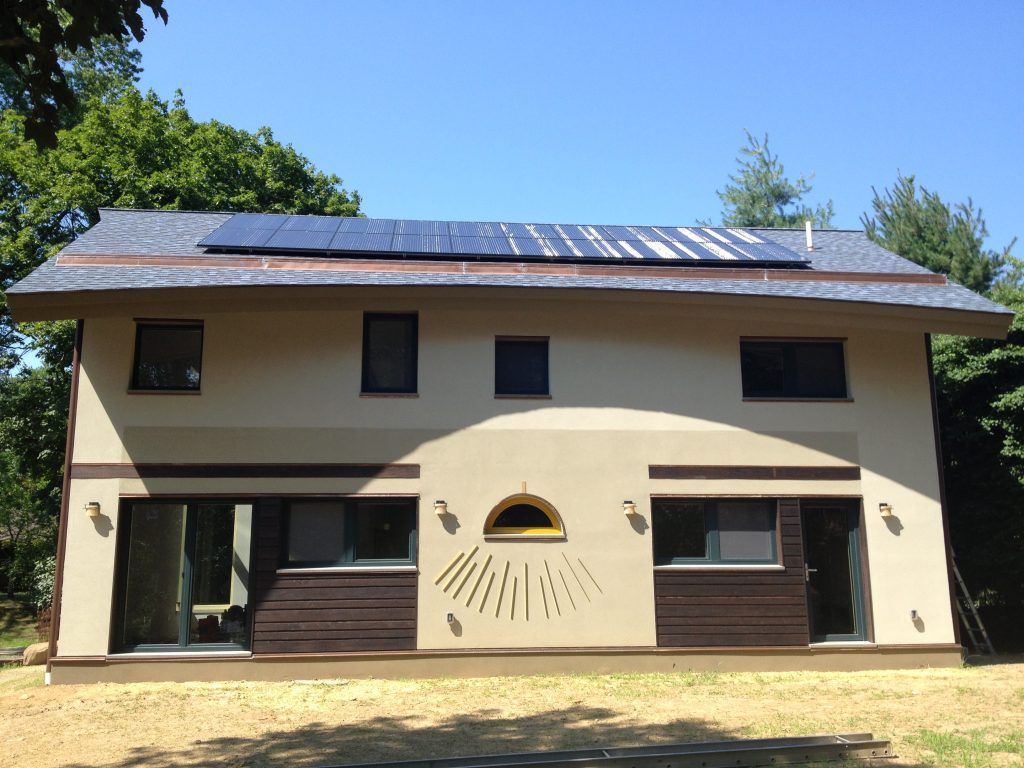
After World War II, Germany was left to rebuild countless structures leveled or ruined by the fighting. Unfortunately, many of the new homes and commercial structures were built out of cement block and other unnatural materials, without proper design, drainage and ventilation. Together, these building techniques created very unhealthy interior environments for the residents of these homes and buildings.
In the late 1960s, German professor Anton Schneider, PhD, began researching how a building’s environment affects the health of its residents. In 1983, Schneider founded the Institute of Building Biology & Ecology Neubeuern (IBN), devoted to extensive study and scientific research on the subject. The IBN formulated the concept of building biology, or Bau-Biologie—the treatment of the ecology of a home or structure.
Bau-Biologie incorporates specific techniques in the building of a house or addition, treating the structure as though it were another skin. These methods aim for a design that is in harmony with nature. They consider how the building site offers beneficial exposure to the sun as well as protection from the elements; they seek to ensure proper drainage and avoid harmful geomagnetic energies under common-use and sleeping areas.
In Bau-Biologie, building methods and materials are environmentally low-impact and sustainable. On the structure’s exterior, this translates to an all-natural wall and roof system that functions as both a filter and a shell. The exterior is air-tight, but it also has the ability to absorb and filter excess moisture and toxins, allowing them to pass through without any condensation points.
The structure’s interior offers a harmonic environment, with plenty of natural lighting, good ventilation, radiant heat for comfortable air and surface temperatures, and mitigation of noise and electromagnetic energies. Materials and finishes are eco-friendly; unlike many commonly used building products, they do not outgas toxins or radioactivity.
The techniques of Bau-Biologie can be applied as individual design elements or as a comprehensive design system. Whether these techniques are adapted to a remodel, a building addition or an entire house, the goal is the same: to create a living environment that will re-energize and sustain you.
Lou Levy Construction is a design/build firm specializing in custom alterations, renovations and architectural additions and building, maintaining a 95 percent dust-free environment during construction. It also specializes in green and nontoxic applications, passive and active solar installations and retrofits, and the techniques of Bau-Biologie.



